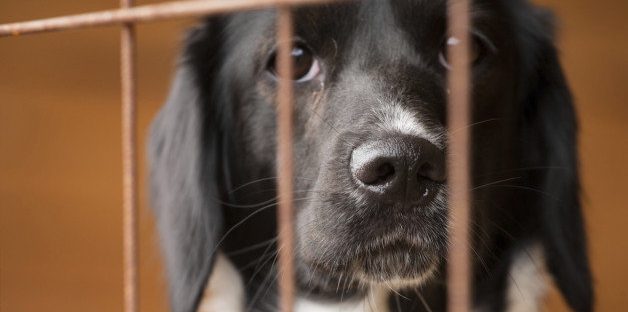According to [the] Metro-wide Engagement for Shelter and Housing, [...] it costs $32 [per day] for an adult and $125 [per day] for a minor to be in a shelter. On any given night, 600,000 Americans experience homelessness, of which 138,000 are children—[b]ut who ends up in these shelters? Americans needing shelters have a long … Continue reading Shelters to Help Those in Need
For the Love of Animals
While on Valentine’s Day, we show our love for other humans, February 20th is “National Love-Your-Pet Day,” where we turn to our four-legged friends to show them how much we love having them around. The Humane Society estimates there are 67 million [U.S.] households that have pets. [...] The pet industry made $58 billion in … Continue reading For the Love of Animals
Can’t Stop the Giving
Now that the season of giving is officially over, we are approaching the harshest time of year, when underprivileged, poor and homeless fellow Americans need our help the most. The average high [temperature] across the United States in January is 42° F and the average low is 27°, [making it[ the coldest month of the … Continue reading Can’t Stop the Giving
Donating: Is It the American Way?
In the United States, there are 1,429,801 tax-exempt organizations made up of 966,599 public charities; 96,584 private foundations; and 366,618 other types of nonprofits, including chambers of commerce, fraternal organizations and civic leagues, according to the National Center for Charitable Statistics. These [tax-exempt] organizations paid for 9.2% of all wages in [our nation last year] … Continue reading Donating: Is It the American Way?
The Homeless Need More Than Blankets
In this land of plenty and this land of opportunity, [more than] 600,000 Americans experience homelessness on any given night, [including] 138,000 [...] under the age of 18. According to the National Alliance to End Homelessness, the national rate of homeless persons is 19 [in every] 10,000 people, with the highest [rate] in Washington, D.C., … Continue reading The Homeless Need More Than Blankets
Small Businesses Are Still Struggling
Small-business owners don’t take vacation not because they don’t want to travel or relax or explore new adventures, [but] because they are scared to death their business will fall apart. Fortune recently reported half of small-business owners will take no vacation this year. Of the half that do go on vacation, 61% [...] go for only a … Continue reading Small Businesses Are Still Struggling
Is the Recession Really Over?
[Recently], Gallup reported that the total number of new business startups and business closures per year, known as “the birth and death rates," [...] just crossed to the bad for the first time since [its] measurement began—[a]nnually, 400,000 new businesses are being born nationwide, while 470,000 are dying. [...] [Until] the recession, startups outpaced business … Continue reading Is the Recession Really Over?
Dropouts Are Putting a Major Strain on Our Economy
Despite all the efforts of every president from Kennedy to Obama, [high-school dropouts] are a blight on our society. According to DoSomething.org, [more than] 1.2 million students drop out of high school in the United States every year, [or roughly] 7,000 kids a day. [In 1970], the United States [...] had the world’s highest graduation … Continue reading Dropouts Are Putting a Major Strain on Our Economy
Who Pays for Our Kids’ Education?
CBS News reported there are 200 one-room public schools located in rural areas left in America. At one time, just about every child was taught in a one-room school. Our second president, John Adams, taught in a one-room school near Boston. Abraham Lincoln was educated at a one-room school. Henry Ford loved his one-room schoolhouse … Continue reading Who Pays for Our Kids’ Education?
Kids Lose Their Future to Poverty
Now that one school year is over and we are preparing for the next, June is a month of reflection for educators and parents on how to do better [for the] next school year. It is hard enough for students to learn at school in today’s world. You throw in overcrowding, teacher-to-student ratios, poverty affecting … Continue reading Kids Lose Their Future to Poverty

